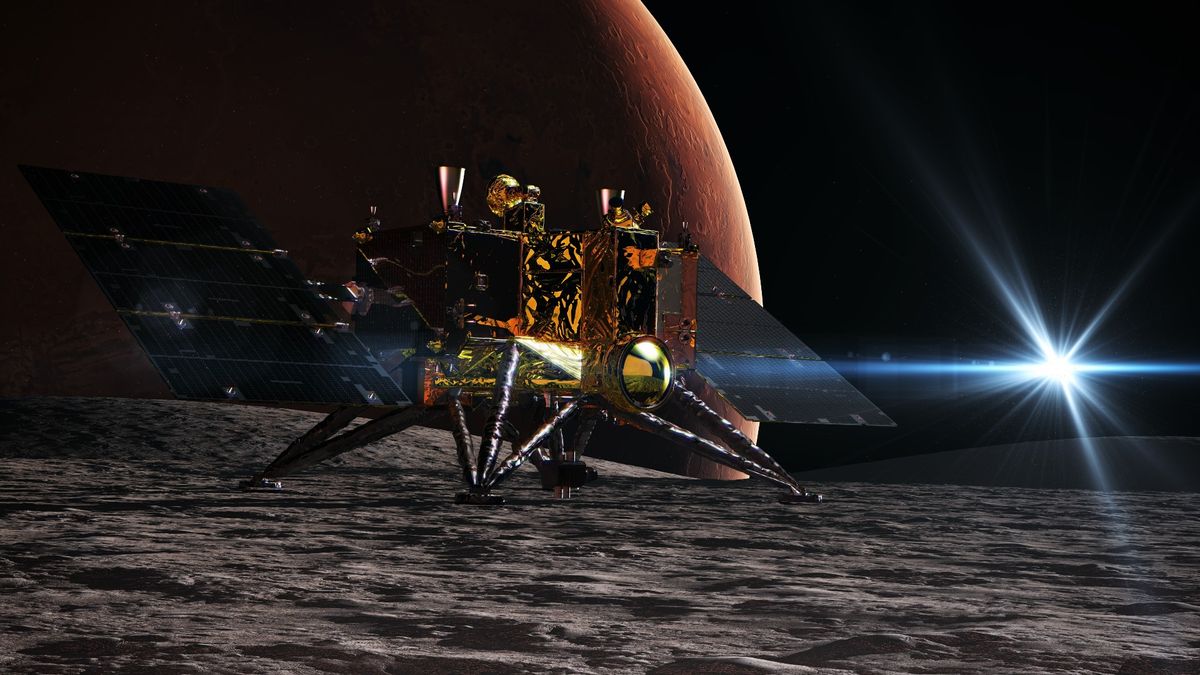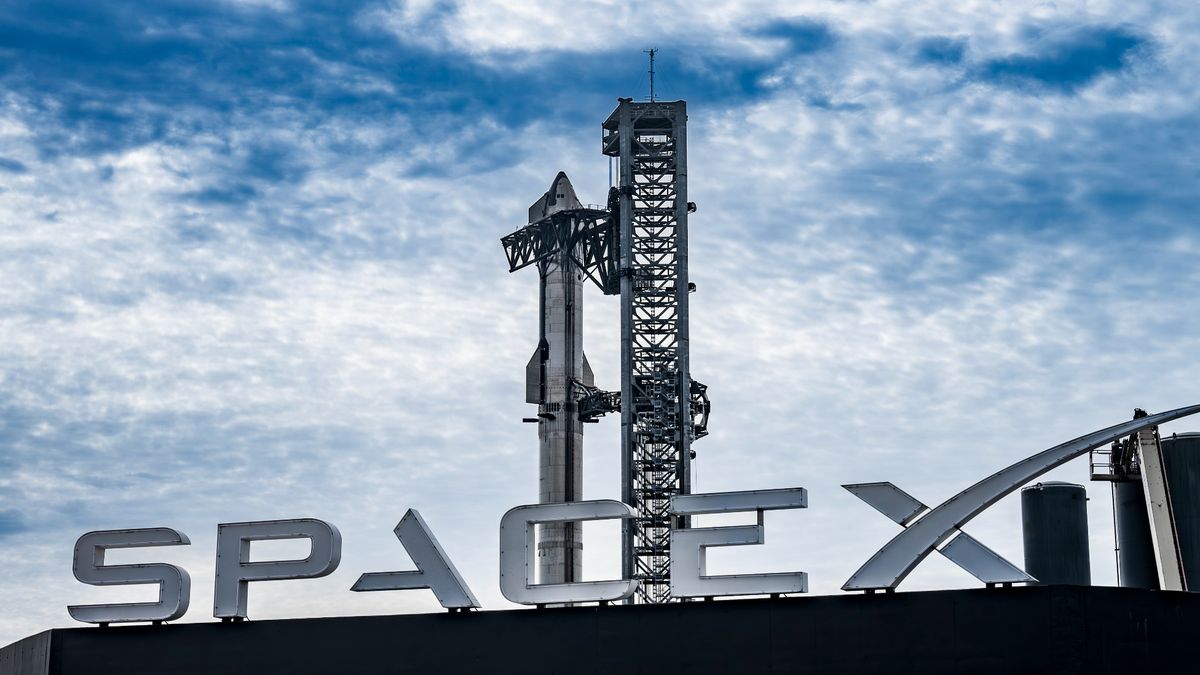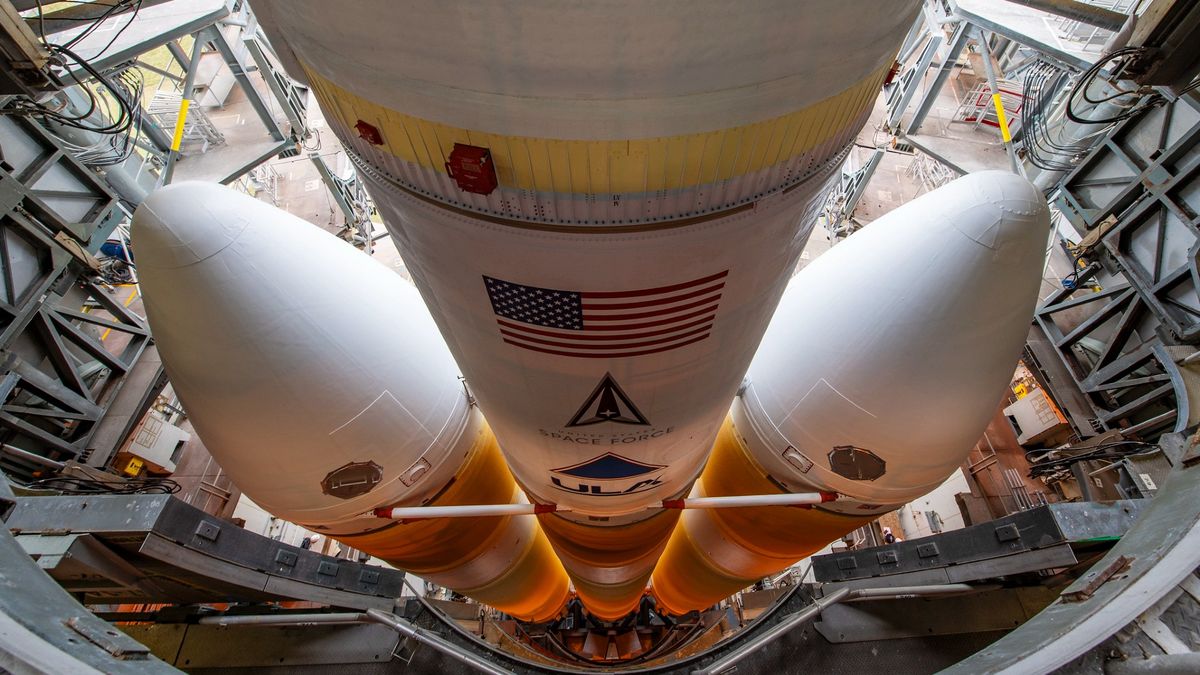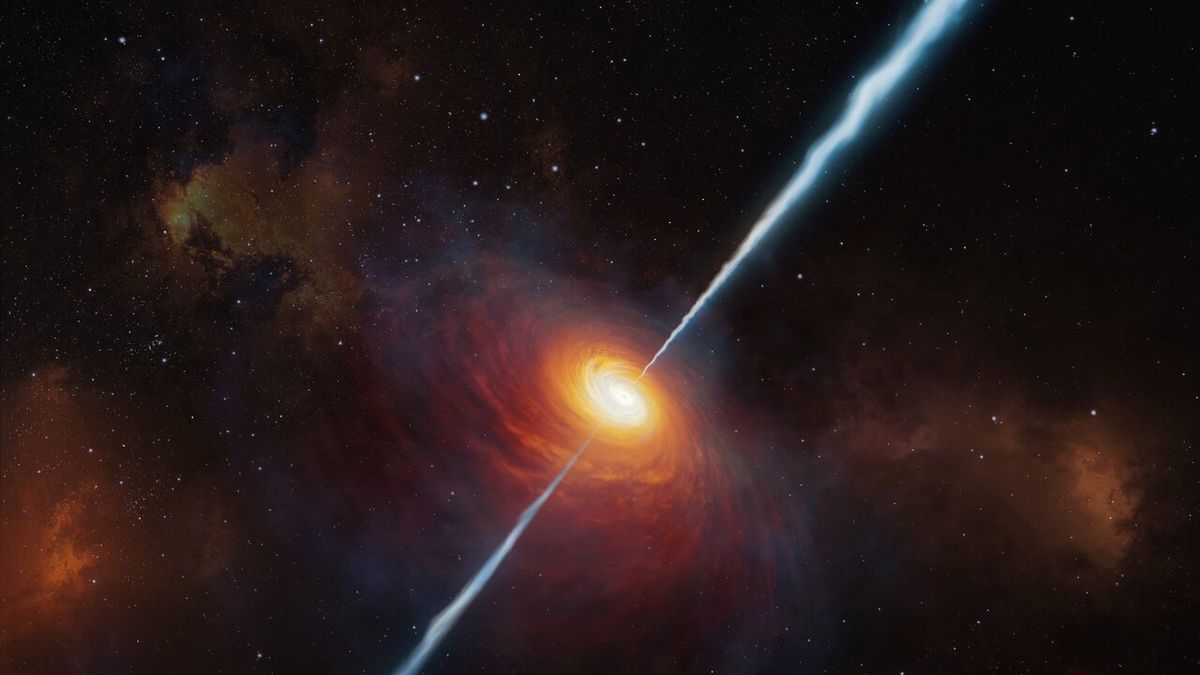NASA Astronaut Andre Douglas Prepares for Martian Moons Exploration Mission
Astronaut Andre Douglas, part of a large international team, has been instrumental in the development of the Martian Moons Exploration (MMX) mission, scheduled for launch in late 2026. Douglas, formerly an engineer at Johns Hopkins University Applied Physics Laboratory (APL) in Baltimore, played a significant role in creating a key instrument for Mars during his tenure at APL.
Despite his transition to an astronaut role and support for future crewed missions, Douglas reminisced about his time as an engineer at APL, stating that it was a favorite period of his career. While Douglas awaits his turn for a space seat, work on the MMX mission continues.
NASA and APL Achieve Milestone in the MMX Mission
This week, NASA and APL celebrated a significant milestone in the MMX mission as the U.S. instrument MEGANE was shipped to the Japan Aerospace Exploration Agency (JAXA). MEGANE, short for Mars-moon Exploration with Gamma Ray and Neutrons, will be integrated into the Japanese-led spacecraft and undergo testing before launch.
The instrument’s primary objective is to determine the composition of the two Martian moons, Phobos and Deimos. This information is crucial for solving longstanding mysteries about the Red Planet, such as the origin of these moons.
MEGANE’s Role in Unveiling Martian Moon Composition
MEGANE’s gamma ray spectrometer will map the elements present on the surface of Phobos and Deimos. Understanding the composition of Phobos, in particular, is vital as the MMX mission aims to land on this moon and return a sample to Earth. Through MEGANE, scientists hope to unravel the history and origins of Phobos.
Douglas highlighted the importance of collaborating with JAXA on the MMX mission, emphasizing that the experience has prepared him for his role as an astronaut. He acknowledged JAXA’s significant contributions to projects like the International Space Station and NASA’s Artemis program, which aims to land astronauts on the moon in the 2020s.
Exploring beyond MMX: Douglas’s Other Contributions
In addition to his work on the MMX mission, Douglas was involved in a proposal called Spatial/Spectral Imaging of Heliospheric Lyman Alpha (SIHLA) aimed at studying the sun’s behavior. While SIHLA did not proceed to spaceflight on NASA’s Interstellar Mapping and Acceleration Probe (IMAP), it made it to the semi-finals and may be considered for future missions.
Douglas also played a role in developing software for NASA’s Double Asteroid Redirection Test (DART) mission, which successfully altered the orbit of an asteroid moonlet in 2022. The mission demonstrated the capability of deflecting a celestial body’s path through collision, marking a significant achievement in planetary defense.
Image/Photo credit: source url





